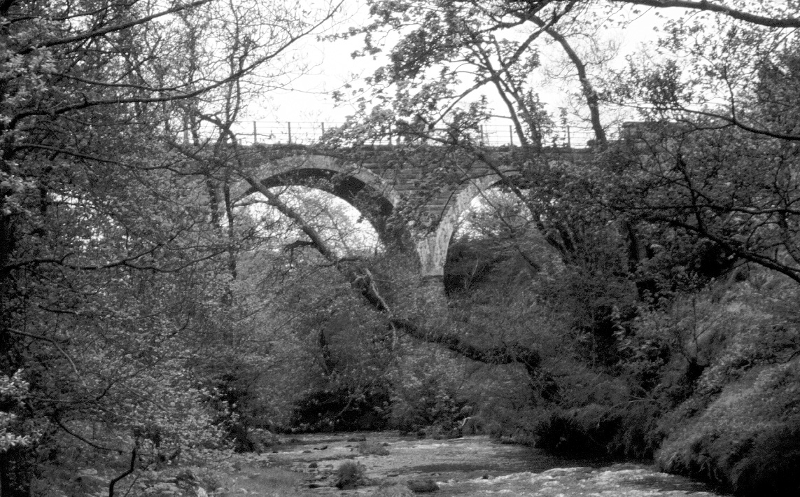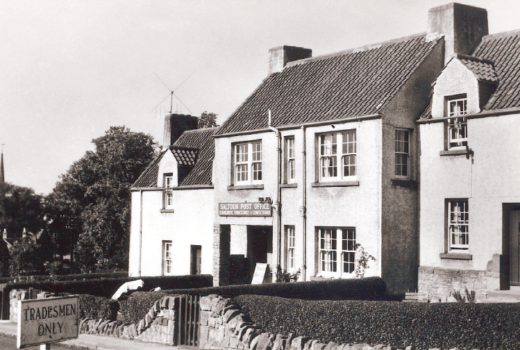Parish Representative:
Julie Murphy
Introduction
Saltoun is a small rural parish of 1473ha (3640 acres), lying almost entirely south of the river Tyne. The land varies in height from 200 to around 500ft, with the Skimmer Hills being the highest point. At the beginning of this period, tractors were replacing horses in the fields and there was an increasing reliance on mechanical implements. The size and complexity of farm steadings has increased, with larger cattle sheds, grain driers and more modern facilities.
By the 1990s the roads were full of cars, tractors, and heavy lorries; the only horses in the parish now are for recreational use. In the main settlement of East Saltoun there are now more parked cars, more houses, and more street furniture such as traffic signs and bollards, and painted markings on the road. Military aircraft regularly use the area to practice flying at very low levels. Nonetheless, the appearance of the parish is little changed from 55 years ago.
The area is mainly agricultural with a mixture of arable and livestock farming, and much of the land is still wooded. Saltoun Big Wood, the largest wooded area, is a working forest with regular timber extraction and re-planting. The Humbie Water and the Birns Water run through the forest to a confluence at its edge, and the Birns Water then runs into the Tyne at the north-eastern edge of the parish. The policies of Saltoun Hall and Saltoun House are parkland, with many fine specimens of mature trees. There has been no significant clearing of hedges in the parish.
The main settlements are the villages of East and West Saltoun. East Saltoun, the larger of the two with more than 400 people, a church, school and post office, is approximately at the centre of the parish. West Saltoun, lying one mile to the west, is much smaller.
At the end of the war, there was little effect on the parish other than continuing countrywide shortages. Five men from Saltoun were killed in the war, including Major Christopher Fletcher the second son of Captain Andrew Fletcher of Saltoun, who was killed at Anzio in 1944. Their names are read at the Remembrance Service each year, together with the names of those who died in the 1914-18 war. A memorial window to Major Christopher Fletcher was installed in the church after the war.

Saltoun viaduct
